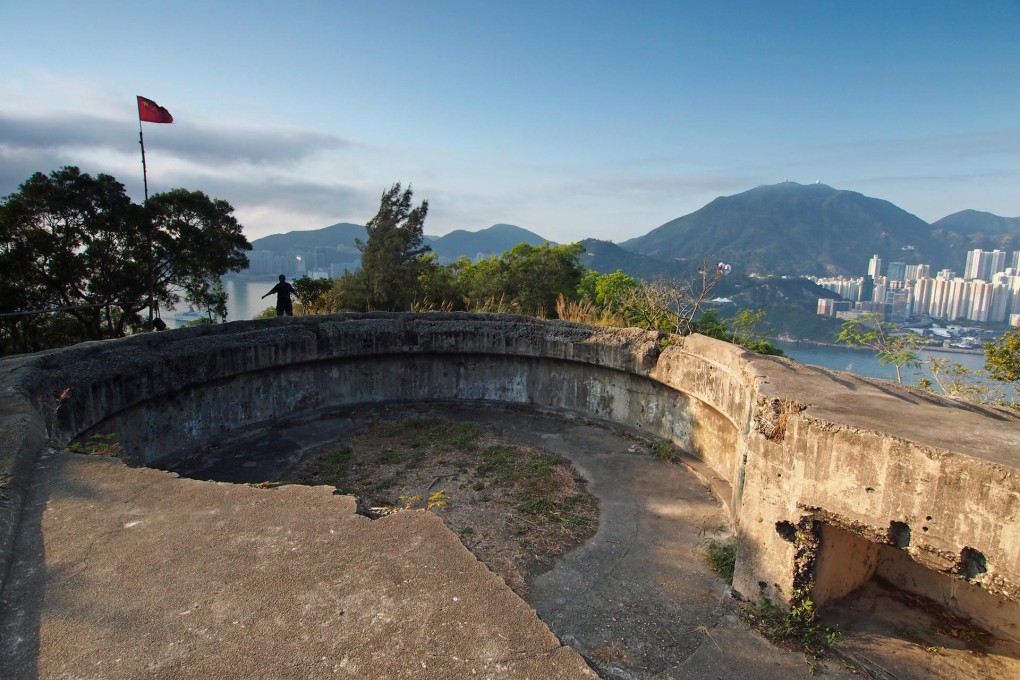Discover relics of war in Hong Kong
The discovery of an unexploded bomb in Happy Valley this month was a dramatic reminder of the second world war. We visit three sites that played strategic roles in the ill-fated defence of the city from Japanese invaders, writes Martin Williams


When the British acquired the New Territories in 1898, they started work on batteries at Devil's Peak, overlooking the narrow Lei Yue Mun channel.
The Ming dynasty (1368-1643) classified Lei Yue Mun as one of 16 major sea passages. Early occupiers of the hill included Cheng Lin Cheong, a pirate so ferocious that it became known as Devil's Peak.
The British established two gun batteries on the southern slopes, along with a smaller post, and a redoubt on the hilltop. In the late 1930s, the major guns were moved to southern Hong Kong Island. Devil's Peak became the eastern extent of the Gin Drinkers Line.
Once Shing Mun Redoubt and nearby defences had fallen, Devil's Peak became important for covering the retreat to Hong Kong Island. Fighting was especially intense here on December 12, 1941, and that evening and the next morning the remaining forces withdrew. The Japanese then set up artillery on Devil's Peak, pounding Hong Kong Island.
At the upper Gough Battery, you can clearly see the two circular emplacements that housed a 9.2-inch gun and a six-inch gun. Part of the roof has collapsed, leaving a space where banyans grow by the entrances to the cave-like, solidly built magazine.
